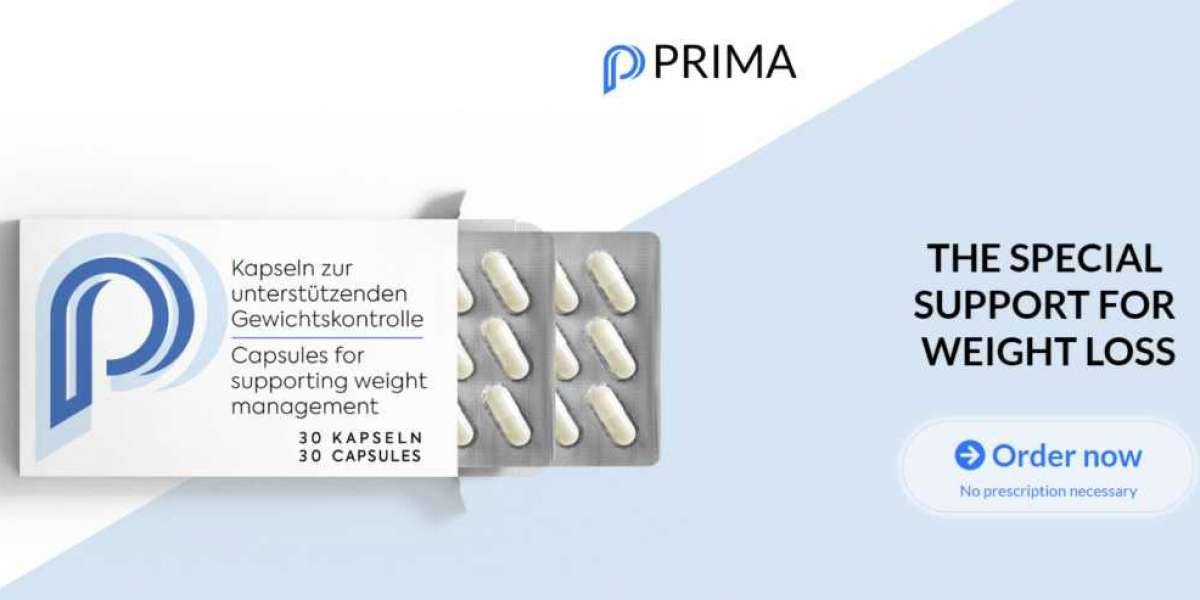Oxford PV's 258.15 sq cm perovskite/crystalline silicon solar cell achieved 28.6 per cent efficiency, the company's second world record in two years for a large area perovskite cell, chief executive David Ward said.
In theory, perovskite/crystalline silicon series solar panels batteries could achieve an efficiency of 43%, compared with 29% for conventional crystalline silicon cells. Perovskite batteries can greatly improve the efficiency of photoelectric conversion and reduce the energy cost in the transition to renewable energy, but they still face the challenge of durability.
British perovskite solar cell company Oxford PV has announced that its 258.15 sq cm commercial-size perovskite/crystalline silicon series solar cell can convert 28.6% of solar energy into electricity, setting a new efficiency record, beating the 26.8% conversion efficiency independently certified by the company last May.
The latest Oxford Photovoltaic efficiency Record has been independently certified by the Fraunhofer Institute for Solar Energy Systems in Germany. Chris Case, Oxford PV's chief technology officer, said the latest achievement exceeded the company's goal of improving cell efficiency by 1 percent a year.
Oxford PV's solar cell technology begins by coating crystalline silicon solar cells with a thin layer of perovskite, which is then assembled into panels to create a more efficient cell. Traditional silicon cells have an efficiency limit of only 29%. Theoretically, perovskite/silicon series cells can achieve an efficiency of 43%. Currently in Saudi Arabia, about 1 square centimeter perovskite/silicon series solar cells at King Abdullah University of Science and Technology have an efficiency of 33.7%.
"This is our second world record on a large-area battery in two years and marks another milestone for our technology." In addition to continuing to innovate perovskite/crystalline silicon cell technology in small research-size solar cells, Oxford PV is focusing much of its efforts on improving commercial-size cells and ramming up production for assembly into solar panels, said David Ward, chief executive of Oxford PV.
Oxford PV was founded in 2010, born out of the University of Oxford, focusing on perovskite/crystalline silicon solar cell technology. Currently, it has set up a factory in Brandenburg, Germany, producing cells with an average efficiency of 27% and an annual capacity of 100 MW, with plans to increase production in 2024. In December 2020, Oxford PV achieved a world record conversion efficiency of 29.5% on research-sized cells. The co-founder and chief scientist of Oxford PV is Henry Snaith, professor of physics department of Oxford University. Snaith and others used co-evaporation method to prepare perovskite thin film in 2013, forming a new type of flat heterostructure cell with an efficiency of 15.4%, which attracted world attention.
As PV Tech, an international solar PV supply chain news website, reported in 2019, Chinese wind power company Goldwind had invested in Oxford PV. Oxford Photovoltaic has previously condemned the lack of incentives for solar energy in the UK, and revealed that it is considering building its first large-scale plant in the US or Germany, and may even choose to list in Hong Kong, China, in order to gain more investor support, according to Business Green.
Perovskite batteries can greatly improve the efficiency of photovoltaic conversion and reduce the energy cost of the transition to renewable energy sources, but they still face obstacles to commercialization, one of which is durability. Martin Green, an engineering professor at the University of New South Wales, said tests showed the batteries decay rapidly within a few months, the Wall Street Journal reported. But according to industry standards, perovskite manufacturers need to prove that the panels have a life span of 25-30 years. Chris Case says Oxford PV has designed perovskite cells to have a life of 25 years or more, demonstrated by testing full-size modules in outdoor environments over three years and predicting long-term stability.








